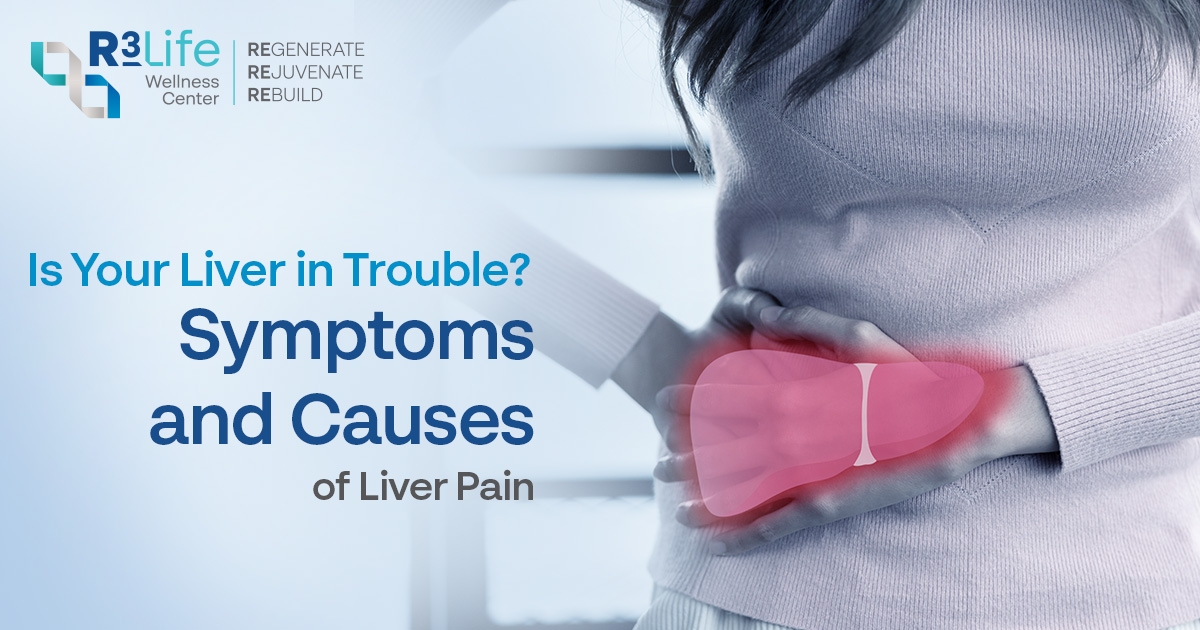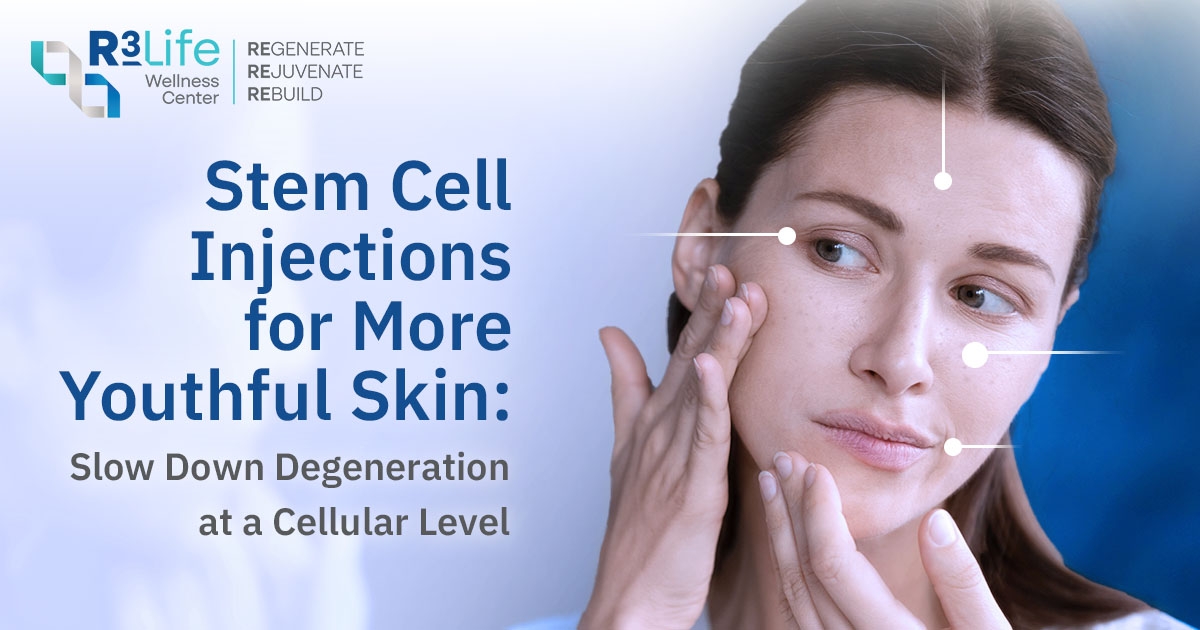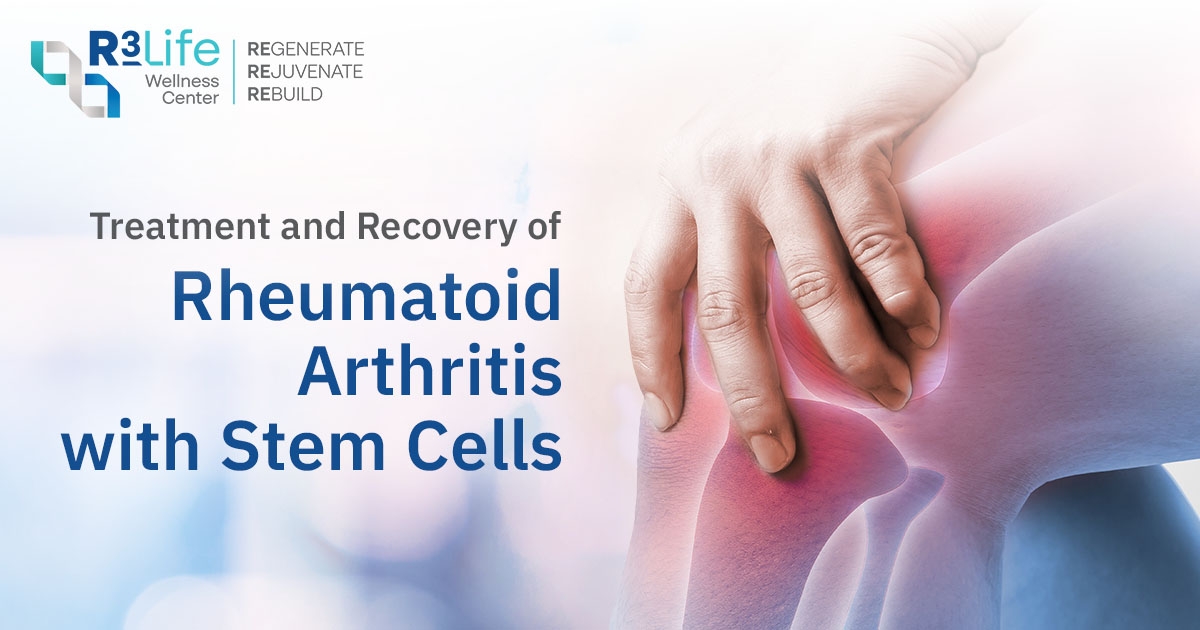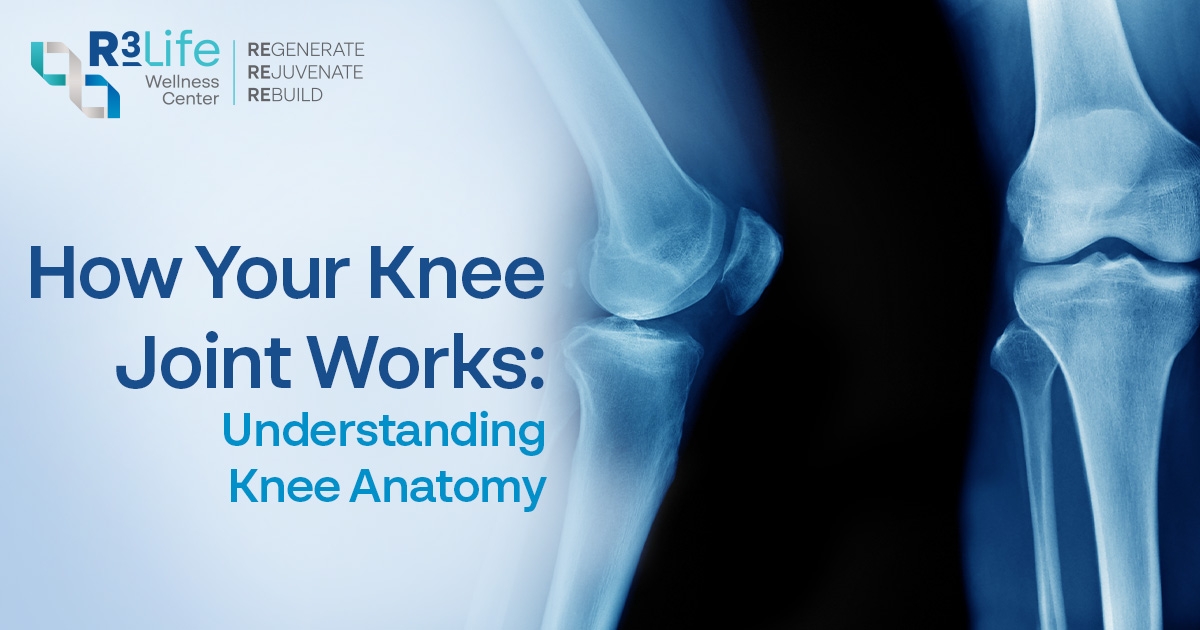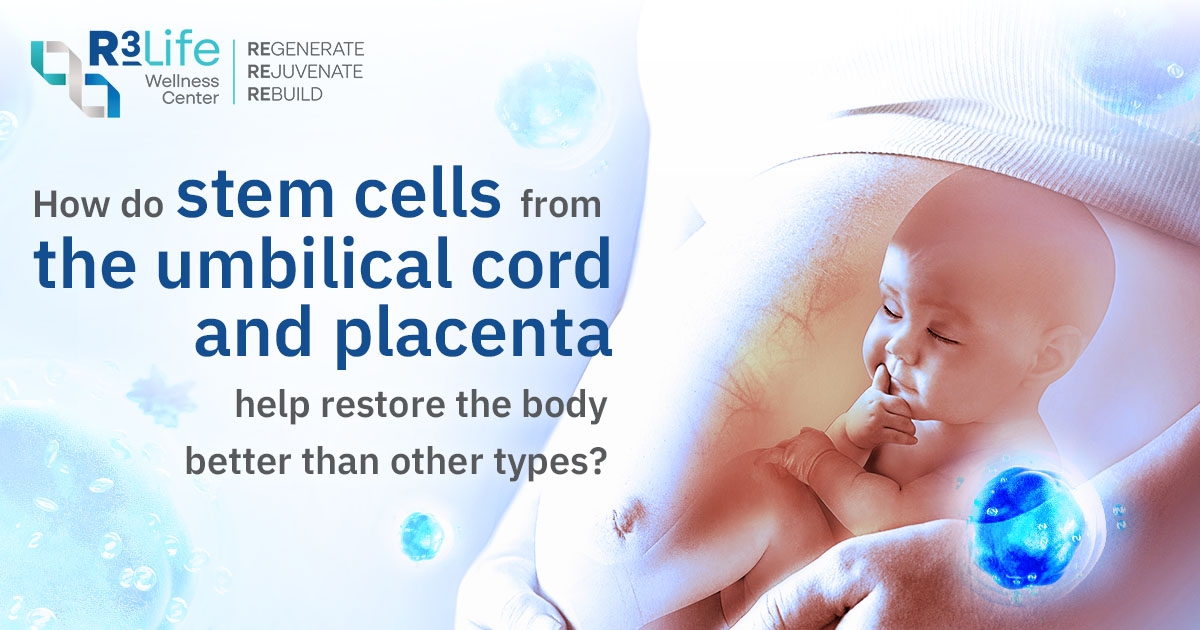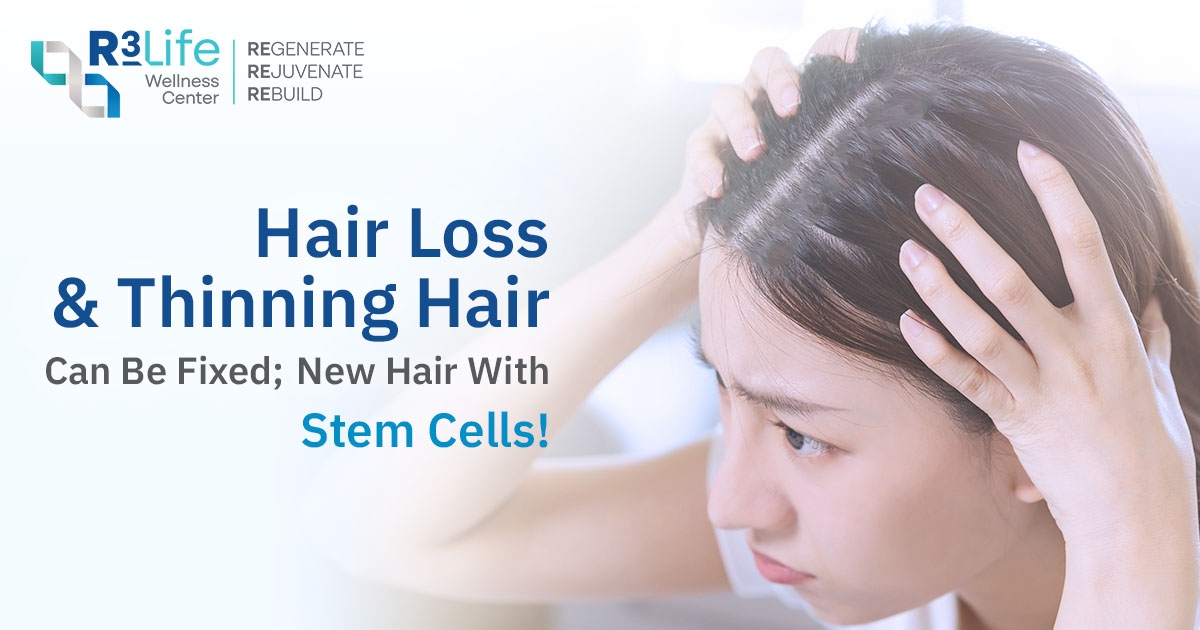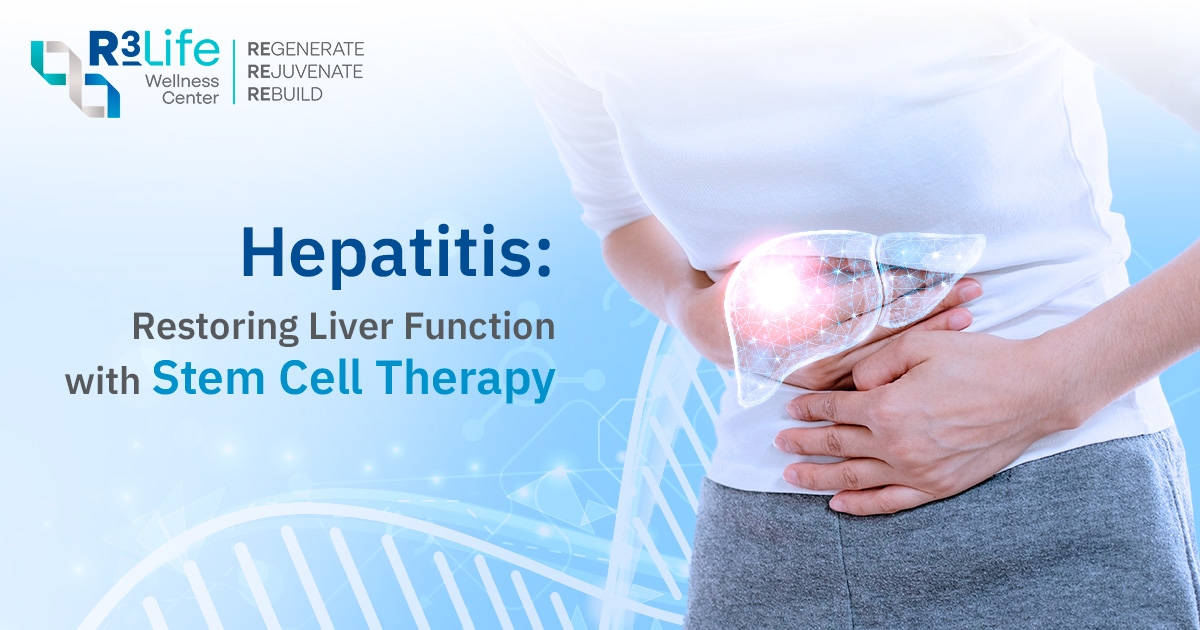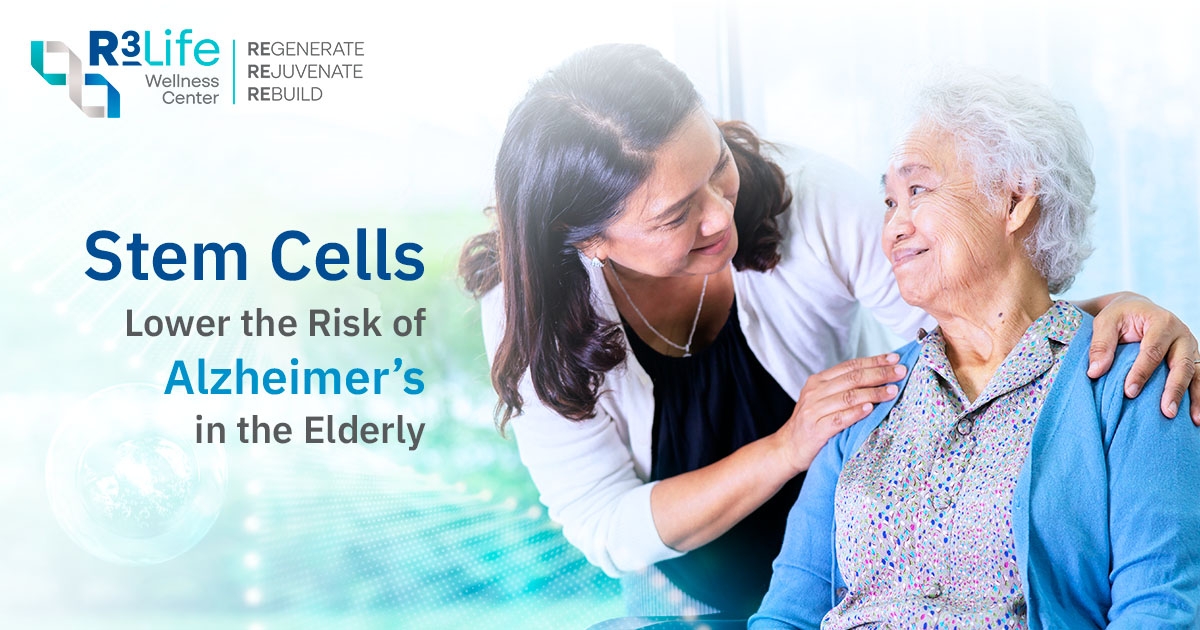What is Stem Cell? A Beginner's Guide to Understanding
What is stem cell? Stem cells are your body's basic building blocks - special cells that can develop into many different cell types, from muscle and brain cells to blood and bone cells. Think of them as "blank cells" that haven't decided what they want to become yet.
Key Properties That Define What is Stem Cell
-
Self-renewal - Can make copies of themselves
-
Differentiation - Can become specialized cell types
-
Regeneration - Help repair damaged tissues
Simple Analogy: If your body were a construction site, stem cells would be like skilled workers who can learn any job - plumbing, electrical, carpentry - whatever the body needs to repair itself.
How Do Stem Cells Work?
Understanding what is stem cell function helps explain their medical potential:
The 4 Step Process:
- Detection - Stem cells sense injury signals from damaged tissues
- Migration - Travel through bloodstream to affected areas
- Differentiation - Transform into specific cell types needed
- Repair - Replace damaged cells and support healing
Example: When you have a heart attack, stem cells can potentially travel to your heart, become new heart muscle cells, and help repair the damage.
Types of Stem Cells: Complete Guide
Embryonic Stem Cells
-
Early-stage embryos (5-7 days old)
-
Most versatile and powerful
-
Ethical concerns, FDA restrictions
Adult Stem Cells
-
Bone marrow, fat tissue, blood, organs
-
Limited to specific cell types
-
Less regenerative power
Umbilical Cord Stem Cells
-
Umbilical cord blood and tissue after birth
-
High regenerative capacity
-
Must be collected at birth
-
No blood type matching required - universal compatibility
-
Proven safety profile - Extensively researched with minimal side effects
Induced Pluripotent Stem Cells (iPSCs)
-
Adult cells reprogrammed in laboratory
-
Similar to embryonic stem cells
-
Not yet widely available for routine medical treatments
How Stem Cells Treatments Work
Understanding what is stem cell means knowing how they function. When your body experiences injury or disease, stem cells:
-
Detect signals from damaged tissues
-
Migrate to areas needing repair
-
Transform into specific cell types required
-
Release healing factors that reduce inflammation
-
Regenerate damaged tissues naturally
Complete List of Diseases Treated by Stem Cells
This comprehensive list of diseases treated by stem cells shows the broad therapeutic potential:
| Medical Category | Specific Diseases & Conditions |
Clinical Description |
|
Blood and Immune System Disorders |
|
Various blood cancers, immune deficiencies, and genetic blood |
|
Neurological Diseases Treated by Stem Cells |
|
Progressive nervous system disorders affecting movement, |
|
Cardiovascular Conditions |
|
Heart and blood vessel disorders affecting circulation |
|
Autoimmune Diseases Treated by Stem Cells |
|
Immune system disorders where the body attacks its own |
|
Orthopedic and Joint Conditions |
|
Musculoskeletal disorders affecting bones, joints, cartilage |
|
Eye Diseases Treated by Stem Cells |
|
Vision disorders affecting the retina, cornea |
|
Other Conditions in the List of Diseases Treated by Stem Cells |
|
Various organ system disorders and complications from |
Safety and Effectiveness of Stem Cell Treatments
What is stem cell therapy safety profile?
-
Accredited cell banking with -196°C storage
Internationally certified tissue banks maintaining cryogenic preservation for optimal cell quality
-
Xeno-free culture systems
Animal-free cell cultivation eliminating contamination risks
-
Healthy donor screening with full traceability
Complete medical evaluation and source verification from collection to treatment
-
Board-certified regenerative medicine specialists
Fellowship-trained physicians specializing exclusively in stem cell therapies , qualified physicians reduce treatment risks significantly through advanced expertise
-
ISO-certified quality management
International laboratory standards with real-time monitoring protocols
Treatment Timeline:
-
Joint and orthopedic conditions: 3-6 months for improvement
-
Neurological diseases: 6-12 months for noticeable changes
Why the List of Diseases Treated by Stem Cells Keeps Growing
Understanding what is stem cell potential reveals why this list expands continuously. Unlike traditional medicine that manages symptoms, stem cells can actually repair underlying damage, representing a paradigm shift from treatment to regeneration.
Choosing Stem Cell Treatment: What to Consider
When considering stem cell therapy, several factors determine treatment success:
Quality of Stem Cells
-
Umbilical cord stem cells offer superior regenerative potential compared to adult-derived alternatives
-
Particularly effective for joint treatments and musculoskeletal conditions
-
Research-backed superiority in therapeutic outcomes and patient results
Laboratory Standards Look for facilities with:
-
International accreditation and certifications
-
Proper cell processing protocols
-
Contamination prevention measures
-
Quality testing procedures
Medical Expertise Choose treatment providers with:
-
Qualified medical professionals
-
Documented experience in stem cell therapy
-
Peer-reviewed research support
-
Realistic outcome expectations
Important Considerations
-
Every patient responds differently to treatment
-
Results vary by condition and individual factors
-
Multiple treatments may be necessary
-
Thorough medical evaluation is essential
The human body is a delicate matter. Even identical twins require different medical care. We recommend consulting a doctor first to discuss the pros and cons in detail.
At R3 Life Wellness Center, we provide transparent, personalized treatment plans designed to meet your unique health goals. Our specialized medical team at the Silom-Surawong location ensures appropriate treatment for your specific circumstances, with every step carefully managed through our rigorous quality protocols for optimal results.
Frequently Asked Questions (FAQ)
Are stem cell treatments safe?
Umbilical cord Stem cell treatments offer excellent safety profiles due to young, healthy donor cells with no blood type matching requirements and zero rejection risk. Safety depends on clinic standards, cell processing methods, and treatment protocols.
How long do stem cell treatments take to work?
Results vary by condition. Joint conditions may improve within 3-6 months, while neurological conditions often require 6-12 months for noticeable changes.
What should I expect during recovery after stem cell treatment?
Most patients return to normal activities within 1-3 days for injection procedures. Side effects are extremely rare very few patients may experience temporary soreness or mild discomfort at the injection site.
Who is a good candidate for stem cell therapy?
Ideal candidates have conditions that haven't responded to conventional treatments, good overall health, and realistic expectations. A thorough medical evaluation is essential.
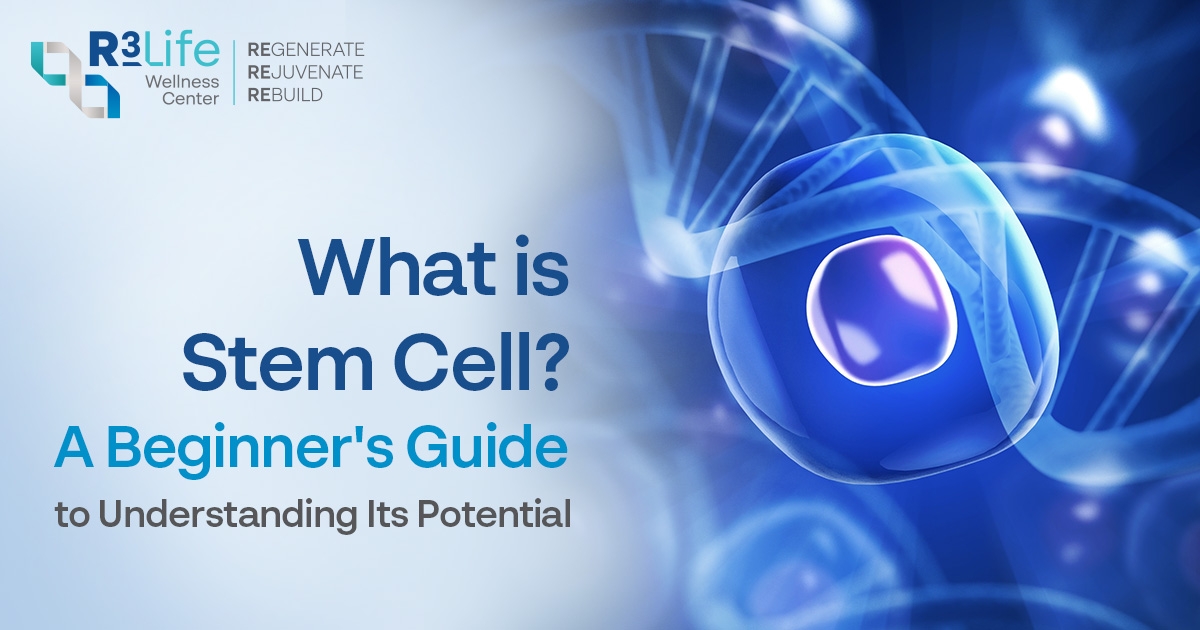

 The Warning Signs of Diabetes : Hidden Dangers of More Than Just a Sugar Addiction
The Warning Signs of Diabetes : Hidden Dangers of More Than Just a Sugar Addiction



